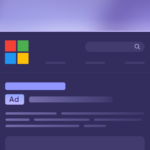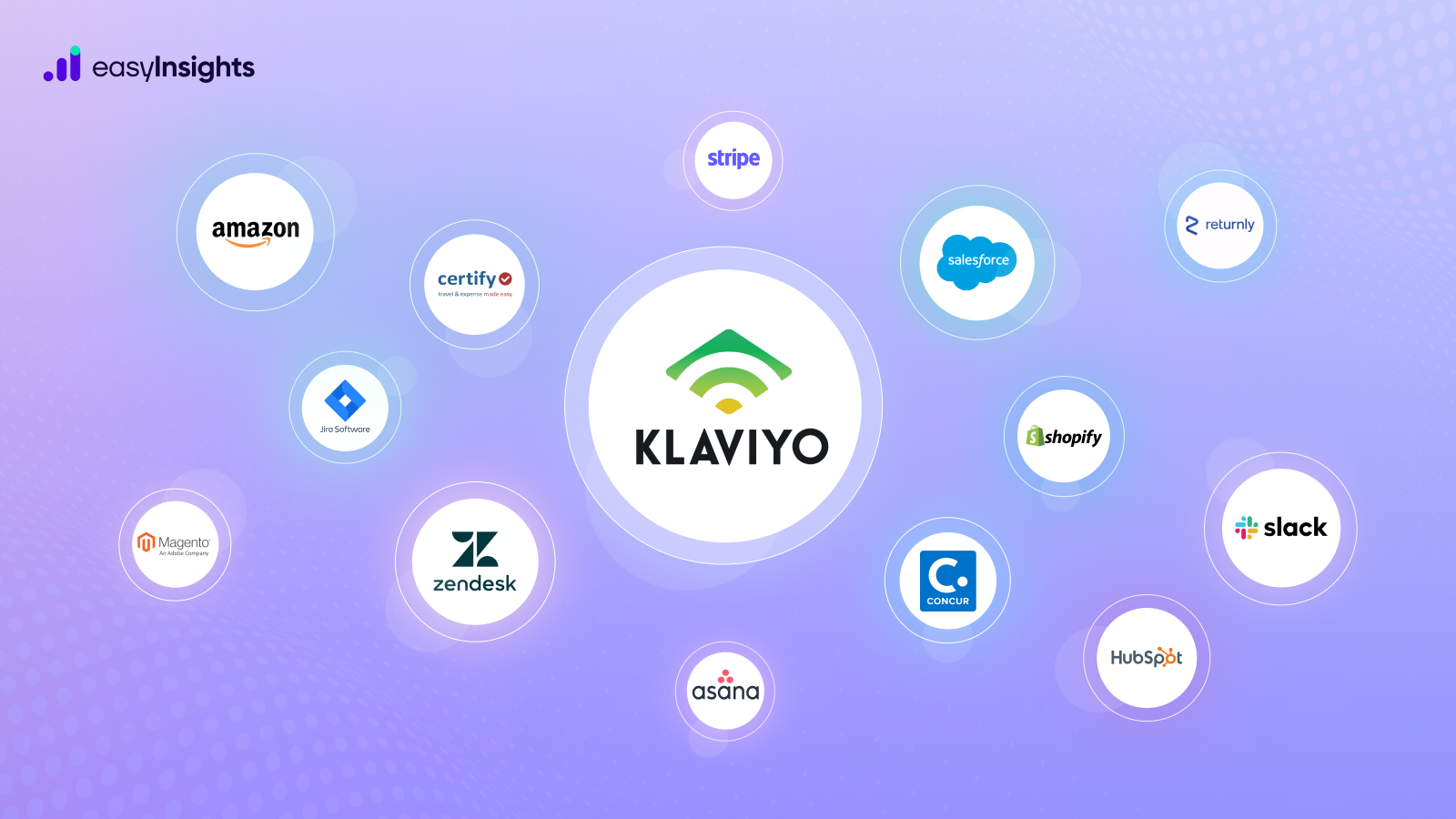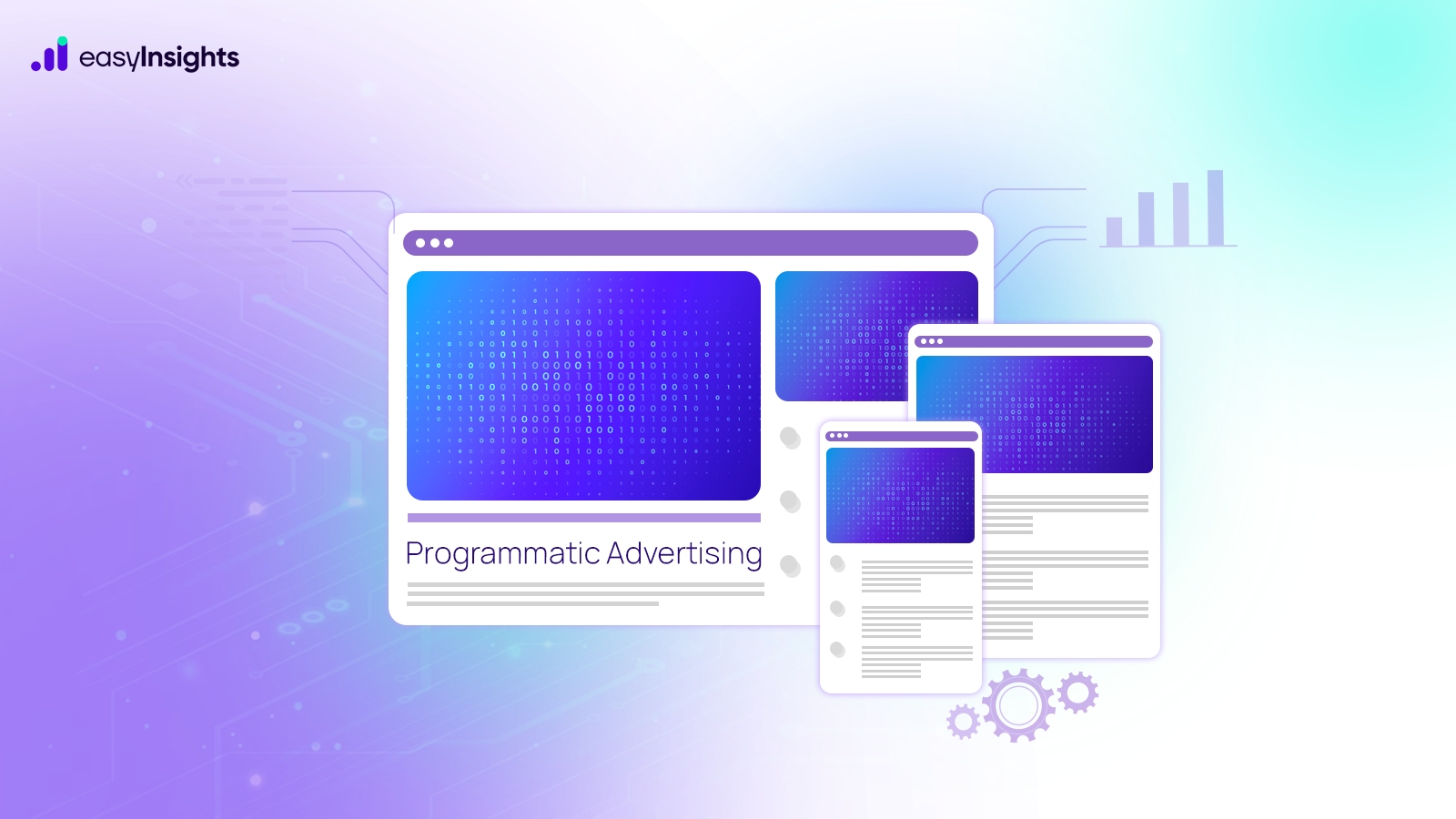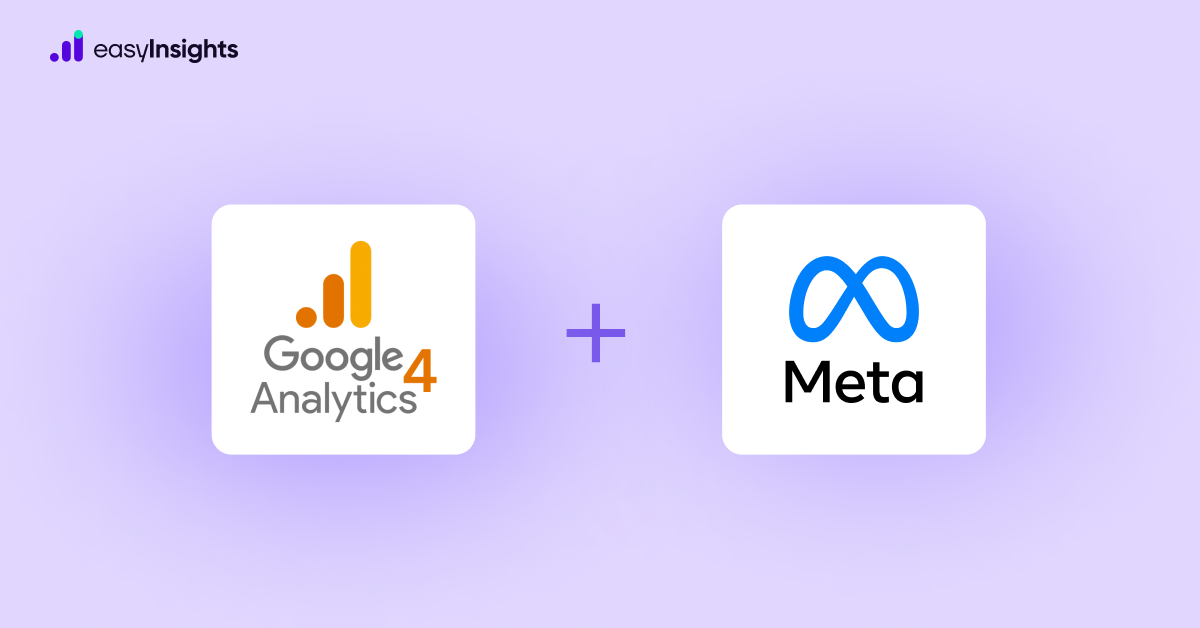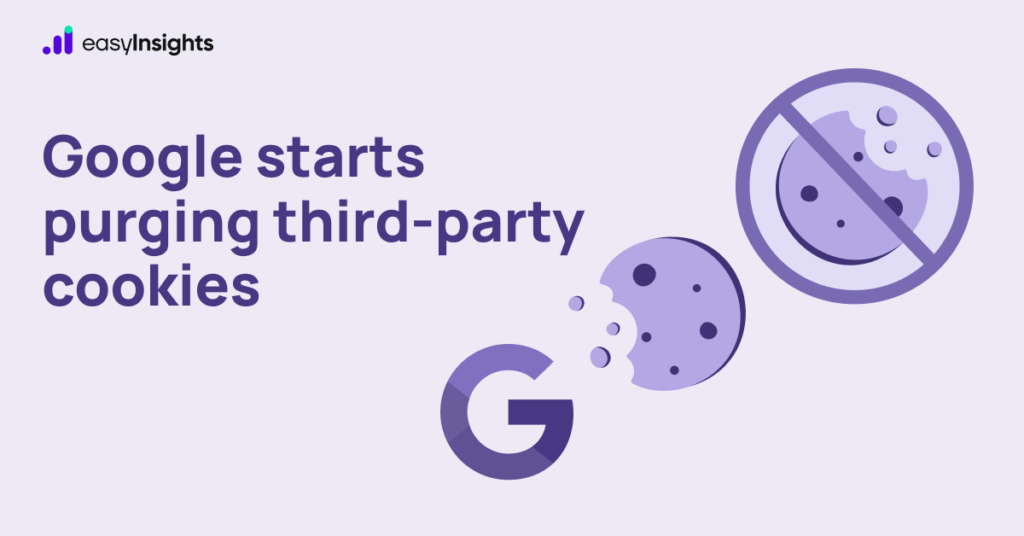
Jump ahead to:
Google’s Purging of Third-Party Cookies – All Updates
The anticipated removal of third-party cookies by Google has commenced. In the very first week of 2024, the company disabled cookies for 1% of Chrome users, impacting around 30 million users. Despite delays, Google has now outlined its intention to eliminate cookies for the entire Chrome user base, aiming to complete the phase-out by Q3 2024.

Apart from having their cookies deactivated, the 1% of Chrome users undergoing the update will also receive Tracking Protection user controls. An eye icon will appear in the website’s address bar when attempting to access third-party cookies. Clicking the icon provides users with additional information about their privacy status during browsing.
Additionally, users have the option to permit cookies for specific websites.
Here’s Some Context ( and information on Privacy Sandbox)
Google isn’t exactly breaking new ground with this move. Browsers like Mozilla’s Firefox and Apple’s Safari have been defaulting to blocking third-party cookies for a while. Even Microsoft Edge throws its hat in the ring with a nifty “strict” privacy setting.
According to StatCounter, Google’s Chrome commands a 63% share of web usage. Despite its dominant position, Google took considerable time to figure out how to balance privacy without denting its golden goose – Google’s online ads business that is the primary revenue source for the company.
Additional Reading: Google Ads – Marketer’s Guide to Performance Max Campaigns
To be more privacy-centric, Google came up with the Privacy Sandbox initiative whose primary objectives include –
- Gradually eliminate support for third-party cookies once alternative solutions are implemented.
- Minimize cross-site and cross-app tracking, all the while ensuring the preservation of free access to online content and services for everyone.
However, regulators are closely monitoring this move, expressing concerns about potentially amplifying Google’s already substantial influence.
Assuming everything proceeds as planned, Google aims to gradually introduce Tracking Protection to enhance internet privacy, and ultimately disable third-party cookies for all Chrome users by mid-2024. This deliberate rollout allows marketers, publishers, and ad-tech firms sufficient time to “test our readiness for a web without third-party cookies,” according to Google.
A Quick Guide to Cookies for Marketers : What are Third-Party Cookies & Why are they going away ?
For privacy advocates, cookies represent the original sin of the internet. However, for those less familiar, here’s a quick rundown on what cookies are and why they’re on their way out.
1. Cookies – They serve as a long-standing method for tracking user behavior online. Websites commonly seek permission to attach first-party cookies to your browser, which enables the monitoring of your activity and preferences on the site for future visits.
2. Third-party cookies – are those attached by websites other than the one you’re currently visiting. They track browsing information and personal data to deliver targeted ads. Given the escalating concerns about digital privacy, cookies have become a contentious mechanism, prompting a transition to new, privacy-focused systems.
3. First-party cookies – are considered safe, it’s the third-party cookies that are facing extinction. Browsers like Firefox have already bid farewell to them
Additional Reading:Establishing First Party Data Strategies
In 2019, the negative news about privacy breaches by tech giants like Google and Facebook reached a crescendo. Google, known for raking in the majority of its revenue by tracking users and displaying online ads, declared its intent to eliminate third-party cookies in Chrome, a move that could essentially spell the end of cookies forever
Additional Reading – Farewell to Third-Party Cookies: Refining Retargeting Tactics
When the Cookie Crumbles: Are Marketers prepared for Cookieless Marketing?
Google has been warning marketers about an end to third-party cookies for years, but they still aren’t ready.
Indeed, its true: even with the widespread awareness that cookies are old news, marketers have been slow to embrace alternative channels. As of Q3 2023, 33Across reports that cookies continued to be employed in 78% or more of programmatic ad purchases across various industries, with many marketers actually increasing their investment in cookie-based ads.
The prevalence of cookies contributes to this challenge. While third-party cookies have served as a universal personalization solution for the majority of marketers, there isn’t a single substitute stepping in to fill the void. Instead, marketers will need to acclimate themselves to a variety of systems and diverse sources of data.
Our take: marketers who don’t prepare for the change or embrace other sources of data stand to lose when the switch gets flipped for good.
How can Marketers prepare for Cookieless Marketing?
In preparation for the era without cookies, digital marketers are embracing a diversified approach.
Firstly, there’s a notable shift towards the collection of first-party data. This involves utilizing information acquired directly from customer interactions on their platforms, ensuring compliance with privacy standards, and enabling the customization of more personalized marketing strategies.
Secondly, marketers are increasingly adopting contextual advertising. This approach entails placing ads based on the content of a website rather than relying on user behavior, respecting user privacy while still reaching pertinent audiences.
Thirdly, there’s a growing dependence on machine learning and artificial intelligence to analyze and predict consumer behavior by discerning data patterns. These technologies contribute to understanding customer preferences and needs, even in the absence of personal data.
Lastly, there’s a heightened focus on cultivating stronger customer relationships through improved customer service and engagement. This not only nurtures brand loyalty but also provides valuable insights into consumer needs and preferences.
Together, these strategies form a comprehensive response to the challenge of a cookie-less future, striking a balance between effective marketing and the escalating demand for user privacy.
Additional reading: The Ultimate Guide to Successfully Integrate Your CRM With Google Analytics
Be a Cookie Killer, and Unlock First-Party Data with EasyInsights!
The user’s privacy has become the prime focus, restricting third parties from accessing data. This potential loss is frightening to any business. Server-to-server integration provides an alternative route leveraging first-party data and keeping the performance of your campaigns intact.
EasyInsights is a marketer’s preferred tool for first party data activation.
In this age of cross-channel marketing, EasyInsights offers a comprehensive platform to collect, store, and transform all your first-party data.
EasyInsights enhances marketing campaign efficiency in a cookieless landscape with accurate ad signals. It helps brands step away from surface-level metrics and unleash the potential of first-party data to optimize marketing strategies, ensuring a superior Return on Ad Spend (ROAS). It does all this, while being a highly affordable no-code platform with an exceptional customer support apparatus.
Sign up for a demo today to see EasyInsights in action.


